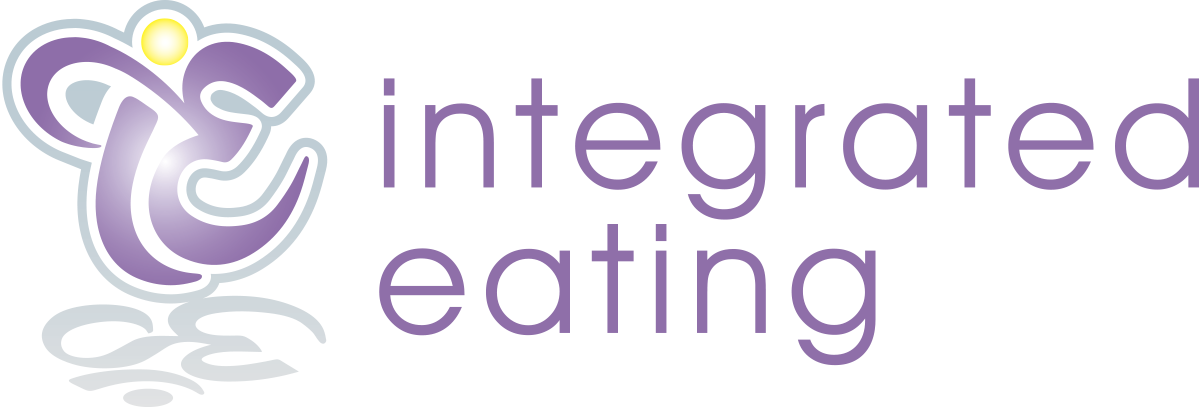HAES® is the acronym for a movement that has been around since the 1960s, otherwise known as Health at Every Size®. HAES® is a weight-neutral approach to health, emphasizing healthy behavior changes to promote health rather than weight loss. It encourages individuals to appreciate their bodies for what they can do and provide rather than for how they look. HAES® also supports intuitive eating, which means listening to internal hunger and fullness cues(1). While HAES® has been around for quite some time, there has been an increase in awareness over the past few years around this philosophy. It has become a cornerstone to eating disorder recovery as well.
In our society there is a high focus on weight and weight status as a determinant of health. However, research is beginning to support that weight-focused treatment is not as successful as it was once thought. Here are some weight-focused treatment approach beliefs HAES® has been challenging:
Belief 1: Higher BMI is associated with significant mortality risk
What research supports: The “overweight” BMI is associated with increased longevity than the “normal” BMI category(2) .
Belief 2: Increased fat mass poses significant morbidity risk
What research supports: Obesity is associated with increased risk for many diseases; however, causation is not well-established. Studies typically do not account for lifestyle factors including exercise level, activity, nutrient intake, weight cycling, or socioeconomic status when evaluating the ties between weight and disease. When studies do account for these factors, “the increased risk of disease disappears or is significantly reduced.”
Belief 3: Weight loss will prolong life
What research supports: Short-term weight loss can improve health measures. However, weight loss is accompanied with behavior change, so research is unable to identify whether it is truly the weight loss improving health or the behavior change that leads to weight loss.
Research also supports that a HAES® approach may lead to improvements in body image perception, eating attitudes and practices, health-related quality of life, and physical capacity in women(3) . In these studies, these improvements occurred without significant weight loss. This supports the challenging thought to Belief #2, as obesity is associated with increased risk for disease, the causation is not concrete.
So how can you apply HAES® to your recovery?
Work with your treatment team to identify ways to begin challenging your eating disorder thoughts and societal “ideals” of what a body is supposed to look like.
With every negative body image thought, think of a positive thought, such as honoring what your body does for you or identifying something outside of your physical body that you're proud of. For example, “I appreciate my legs as they allow me to enjoy walks with my dog” or “I am a dedicated worker and friend.”
Begin your journey towards honoring your body’s hunger and fullness cues with your registered dietitian. At Integrated Eating, we guide individuals in a holistic frame to discover their interal and organic body cues. We are proud to support HAES® and honor health and wellbeing in all bodies at all sizes.
Penney, T.L., Kirk, S.F.L. The health at every size paradigm and obesity: missing empirical evidence may help push the reframing obesity debate forward. Am J Public Health. 2015;105:e38-e42.
Bacon, L., Aphramor, L. Weight science: evaluating the evidence for a paradigm shift. Nutrition Journal. 2011;10:9.
Ulian, M.D., Pinto, A.J., de Morais Sato, P., et al. Effects of a new intervention based on the Health at Every Size approach for the management of obesity: The “Health and Wellness in Obesity” study. PLoS ONE 13(7).

